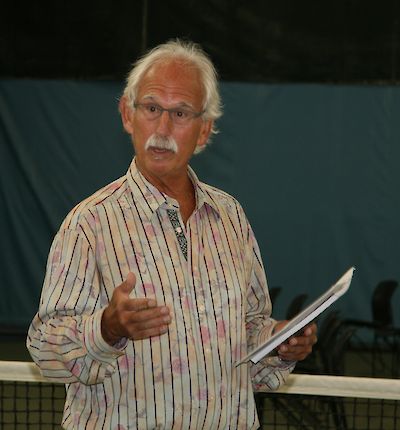The Road to Process
I had a good talk with long-time friend, Bob Litwin, a tennis and life-coach now living in Colorado. Bob is still competing on the National level, most recently winning the National 70 and over Indoor Championships a couple of months ago. All totaled he has won 24 National titles and will play #1 singles for the USA team in the 70 and over World Championships in September in Croatia. Bob expressed his joy at now playing “the best tennis of his life.”
Bob and I are both process-oriented in our approach to competing and coaching. This way of playing can be contrasted with results-oriented play where a player’s evaluation of how they did is based only upon the final score. I asked Bob why he thought it was so difficult for many players to adopt the process-oriented approach to the game that we both so strongly advocate. (The 4-D System is a simple and clear example of a process-oriented approach).
He began by saying and echoing a theme from his book Live the Best Story of Your Life: the first thing a person needs to do is to change their story. By this he means leaving the focus on results off of the playing field and making the processes of paramount importance. If you truly want to change as a player, you must begin to let go of your results-oriented judgments. Concretely, this means eliminating such thoughts as “you have to get this point” to thoughts like “stay relaxed and see contact.” Process always asks the question: HOW? Results ask the question: WHAT?
Once you change your story, you need to commit to working on it UNTIL YOU GET IT. A few things to add here: 1) Bob acknowledges that he’s in process about 90% of the time within a match. He relishes this lack of perfection because it still gives him something to work on! and; 2) The path to success is usually not linear. There will be ups and downs along the road. Bumpiness is a part of the process of committing to process!
Bob also provided a very useful tip for assessing your progress. Imagine that you are climbing Mt. Everest and the more you climb, it seems as if you’ve made no progress to making it to the peak. It still seems extremely far away. At this point, it helps to look back rather than forward. You will be able to clearly see the distance that you’ve come, the valleys below, and realize that you are closer to achieving your goal.
Pick a story and stick with it UNTIL YOU GET IT!

